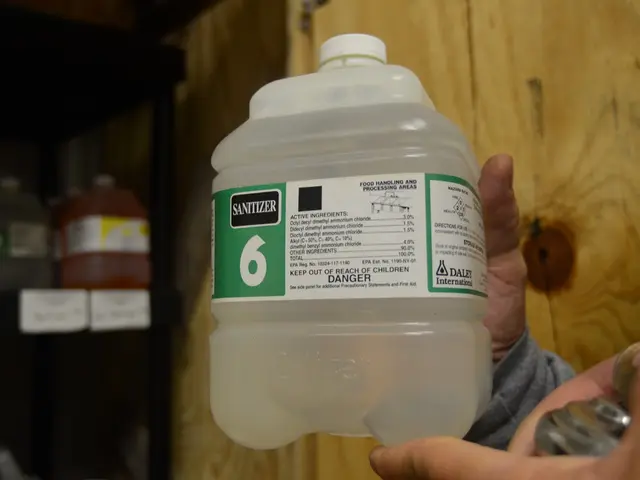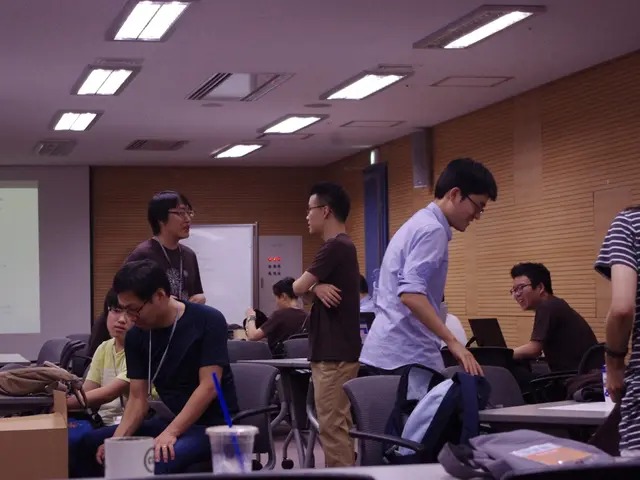Semi-Permanent Solutions to Eliminate or Alleviate a Stye Infection
Styes and chalazia are common conditions that affect the eyelid, causing discomfort and irritation. Styes, also known as hordeolum, are painful, inflamed bumps that develop on the eyelid or at the base of eyelashes, while chalazia are similar conditions that occur when the oil glands of the eyelid become clogged.
Styes can be caused by a variety of bacteria, including Staphylococcus aureus and Staphylococcus epidermis. Risk factors for developing a stye include having a weak immune system, a history of styes, high serum lipid levels, skin conditions like rosacea, sharing eye makeup, using irritating makeup or eye care products, and having an eyelid that is prone to blockages.
Home remedies for treating a stye typically involve practicing good eye hygiene and using warm compresses. Warm compresses can help speed up the healing process of a stye and reduce symptoms such as redness, pain, swelling, and sensitivity to light. It is important to avoid popping a stye, as doing so can release bacteria and spread the infection.
Chalazia, on the other hand, are often painless and may not require any treatment. Home remedies for easing the pain and promoting healing of a chalazion include warm compresses, gentle eyelid massage, maintaining eyelid hygiene, using lubricating eye drops, over-the-counter pain relief, and preventing secondary infection with antibiotic ointments.
In more severe cases, a person may require medical treatment, such as antibiotics, steroids, or surgery. It is essential to consult a doctor if a stye does not get better with home treatment, there are signs of infection, a baby or very young child has a stye, there is a recent history of eye injuries, a person frequently gets styes or experiences eyelid irritation, a person has trouble seeing, the eyelid swells shut, there is blood oozing from the eyelid or the stye, or the stye does not improve or seem very severe.
In summary, the cornerstone of home treatment for both styes and chalazia is warm compresses combined with good eyelid hygiene to reduce inflammation and encourage natural drainage, which can significantly ease pain and promote healing. However, it is crucial to seek medical advice if symptoms persist or worsen to prevent potential complications and ensure proper treatment.
[1] Mayo Clinic. (2021). Stye. Retrieved from
- Styes are commonly found to be caused by Staphylococcus aureus or Staphylococcus epidermis, types of bacterial disease.
- Apart from styes, multiple medical conditions like rosacea and poor eye health can contribute to eyelid blockages, leading to conditions like chalazia.
- Mental health conditions, such as bipolar disorder, can potentially affect one's ability to maintain proper skin care, raising the risk of developing a stye.
- If you are diabetic, the previously mentioned risk factors might become more pronounced, making it essential to maintain good health and wellness to ward off styes and chalazia.
- The medical field is studying predictive models to accurately diagnose and treat various eye health, skin care, and mental health issues, aiming to provide better care for multiple conditions, including styes and chalazia.
- While most chalazia are painless, they can become a type of disease if they become infected, necessitating the use of antibiotics.7.On the other hand, for many people, keeping a strict regimen of eye-health practices like warm compresses, clean cosmetics, and lid massage might be all that is required to address both styes and chalazia.
- It is crucial to remember that adequate eye health, skin care, and mental health are all intertwined, playing a significant role in overall health and wellness, especially when dealing with conditions like styes and chalazia.








